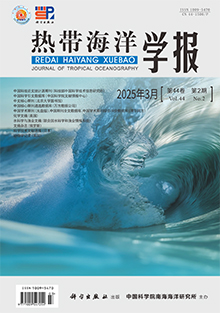Pyropia haitanensis is an economically important seaweed species, usually cultured by means of raft suspension. The thallus are periodically exposed to air and face desiccation when the tide is low. In this study, we investigated the effects of physicochemical properties of surface water film and desiccation on chlorophyll fluorescence characteristics in emersed thallus of Pyropia haitanensis. The results showed that the increase of the pH value of the thallus surface water film had no significant effect on the maximum quantum yield (Fv/Fm) of Photosystem Ⅱ(PSⅡ), photochemical quenching (qP) and non-photochemical quenching (NPQ), as well as the light utilize efficiency (α) and relative maximum photosynthetic electron transport rate (ETRm). The Fv/Fm, qP, NPQ, ETRm, and α remained stable over the salinity range of 0~75‰. However, when the salinity reached 75‰~150‰, Fv/Fm, NPQ, ETRm, and α declined significantly. High salinity in the thallus surface water film reduced Fv/Fm, NPQ, α, and ETRm by 66%, 84%, 70%, and 60%, respectively. This suggests that the activity of PSII reaction center was inhibited by high salinity in the thallus surface water film. The thallus photosynthetic activity remained stable during the initial stage of water loss. When the thallus surface water film thickness dropped to 0, water was lost within the thallus cells and the photosynthetic activity decreased progressively. Severe dehydration of 75% reduced the Fv/Fm, NPQ, α and ETRm by 41%, 69%, 38% and 43%, respectively. The results showed that the thallus surface water film thickness decreased linearly with the increase of initial water loss. With further water loss, the thallus photosynthetic activity and heat dissipation capacity were negatively affected, and the heat dissipation capacity was more sensitive to the change of water content of algal bodies.




